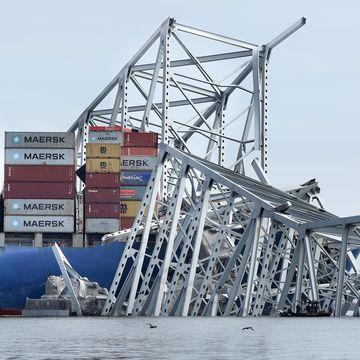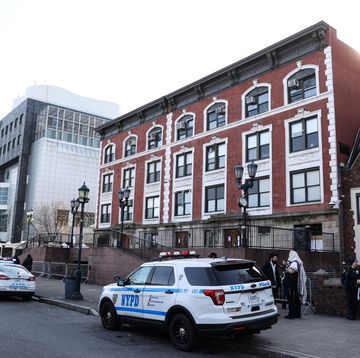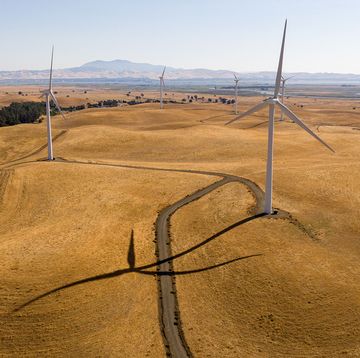Researchers at MIT have developed a computational model that makes sense of the ambient rumblings that buildings experience everyday, finding the signals in the noise that could give indications of the building's current stability.
Buildings experience vibrations constantly, often from nearby traffic. They're built so that those inside don't feel them, but these minor tremors move through floors and beams nonetheless. The MIT team used the tallest building in Cambridge —the Green Building, a 21-story research building designed by I.M Pei— as a test site, attaching 36 accelerometers that record vibrations and movements on select floors.
"These sensors represent an embedded nervous system," says Oral Buyukozturk, a professor in MIT's Department of Civil and Environmental Engineering and co-author of a paper describing the model. "The challenge is to extract vital signs from the sensors' data and link them to health characteristics of a building, which has been a challenge in the engineering community."
Buyukozturk and his team then built a simulation of the Green Building. The vital signs picked up from the sensors, including ambient vibrations, could then be plugged into the simulation. "We look at the foundation level and see what motions a truck, for instance, caused there, and then how that vibration travels upward and horizontally, in speed and direction," Buyukozturk says.
The model can detect minor, day-to-day changes in how a building sways in the wind or faces minor earthquakes. It could allow for a quicker realization, especially in earthquake-prone areas, for when a building needs to be brought up to code.
"I would envision that, in the future, such a monitoring system will be instrumented on all our buildings, city-wide," says the paper's lead author Hao Sun. "Outfitted with sensors and central processing algorithms, those buildings will become intelligent, and will feel their own health in real time and possibly be resilient to extreme events."
Source: MIT
David Grossman is a staff writer for PopularMechanics.com. He's previously written for The Verge, Rolling Stone, The New Republic and several other publications. He's based out of Brooklyn.














